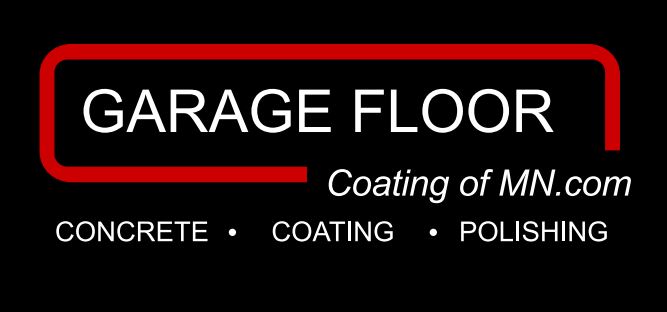How to Prevent Cracks in Concrete
Ideally, concrete cracks should be prevented before they happen, rather than repaired after they form. A contractor mixing, pouring, and forming concrete needs to take steps to prevent cracks for best results that ensure structural integrity and please the customer. At Garage Floor Coating of MN, our team is dedicated to providing exceptional quality concrete cracks repair results for multiple applications.
Let’s take a look at some important ways to prevent concrete cracking:
Proper Joint Placement
Proper types and position of restraints can affect the degree to which any cracking takes place. Generally, concrete should be provided with expansion, contraction, and isolation joints as needed and at proper intervals. The cutting of weak spots into a slab that redirects any cracks through control joints is one way to ensure cracks occur in these locations instead of in more prominent portions of the slab.
Drying Shrinkage Control
When concrete is restrained, temperature reductions and shrinkage generate tensile stress, which they exceed the concrete tensile strength, will produce cracks. A number of factors affect drying shrinkage, including grading of aggregate, surface texture, and mineral composition. These factors also affect other properties of the concrete.
Use of Best Materials
The contractor should use concrete mixing materials that have strong track record of success, such as aggregates, cement, and admixtures.
Prestress and Reinforcement
If reinforced concrete will be used, sufficient use of reinforcing bars can effectively control concrete cracking. Prestressing of concrete is also desirable when it is economically viable.
Avoid Foreign Materials and Excess Water
Contamination of the concrete mix with dirt, clay, or other foreign materials can be particularly detrimental. Also, in order to prevent shrinkage and cracking, water content in the mix should be kept at the minimum required for proper workability. “Too dry” or “too wet” mixed must never be used.
Properly Prepared Subgrades
A concrete contractor can reduce the possibility crack formation in concrete by dampening the subgrade. This base must be compact. Otherwise, it may settle and produce a void in the concrete. An improperly compacted subgrade can lead to form movement and concrete cracking.
The final floating of concrete may be put on hold until concrete settlement has occurred and any subsequent cracking. If the concrete is no longer workable, it may be re-vibrated. These are preemptive steps that can stop shrinkage from occurring around aggregate.
To learn about the concrete crack repair and other services we offer at Garage Floor Coating of MN, give us a call today at 763.559.8732, or complete our contact form to request a quote or appointment for service.




